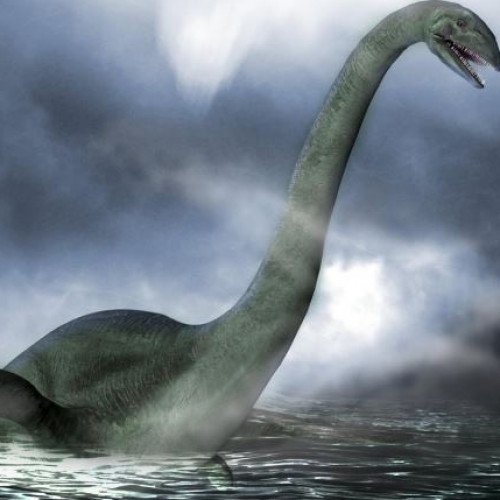Loch Ness Monster VS Iara (mythology)

Loch Ness Monster
The Loch Ness Monster, or Nessie (Scottish Gaelic: Uilebheist Loch Nis), is a cryptid in cryptozoology and Scottish folklore that is said to inhabit Loch Ness in the Scottish Highlands. It is often described as large, long-necked, and with one or more humps protruding from the water. Popular interest and belief in the creature have varied since it was brought to worldwide attention in 1933. Evidence of its existence is anecdotal, with a number of disputed photographs and sonar readings. The scientific community regards the Loch Ness Monster as a phenomenon without biological basis, explaining sightings as hoaxes, wishful thinking, and the misidentification of mundane objects.
Statistics for this Xoptio

Iara (mythology)
Iara, also spelled Uiara or Yara (Portuguese pronunciation: [iˈjaɾɐ], [iˈaɾɐ], [ˈjaɾɐ], [wiˈjaɾɐ], [ujˈjaɾɐ]) or Mãe das Águas ([ˈmɐ̃j dɐˈz aɣwɐs], "mother of the waters"), is a figure from Brazilian mythology based on ancient Tupi and Guaraní mythology. The word derives from Old Tupi yîara = y ("water") + îara ("lord; lady") = "lady of the lake" (water queen). Depending on the oral tradition and the context of the story, she can be seen either as a water nymph, a siren, or a beautiful mermaid that lives in the rivers of the Amazon Basin.